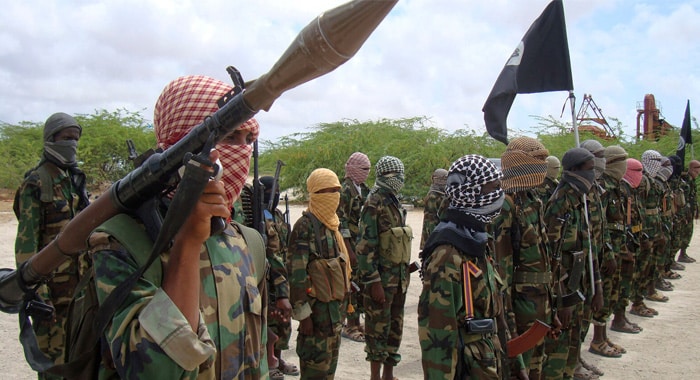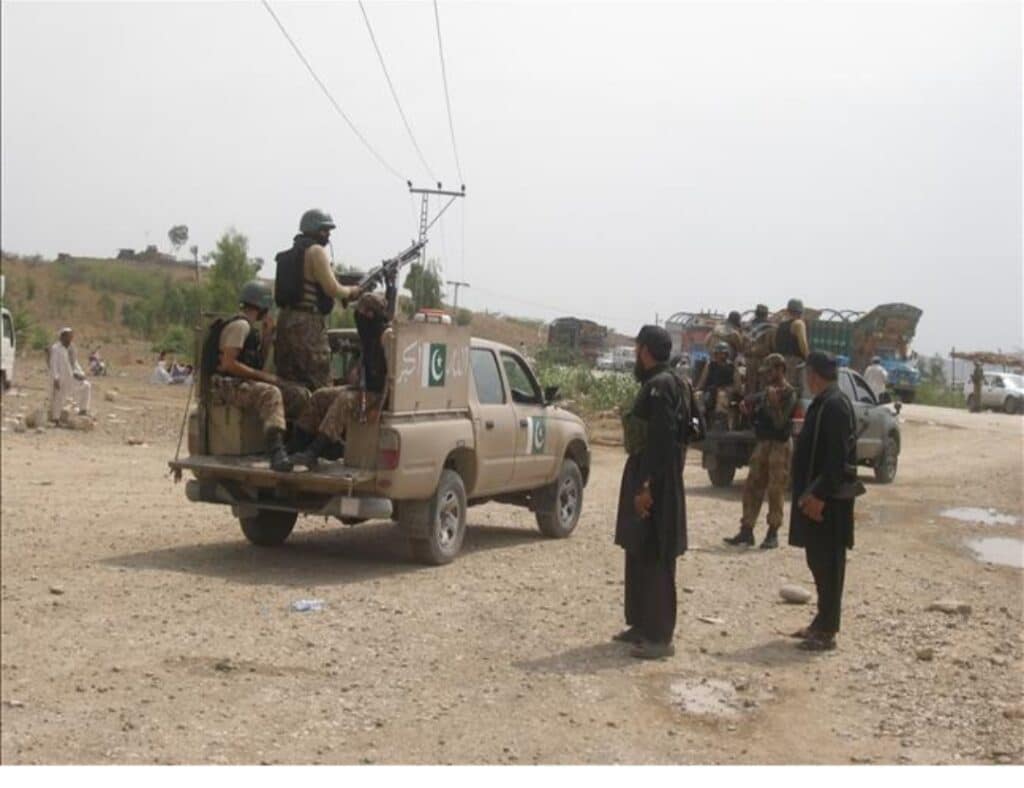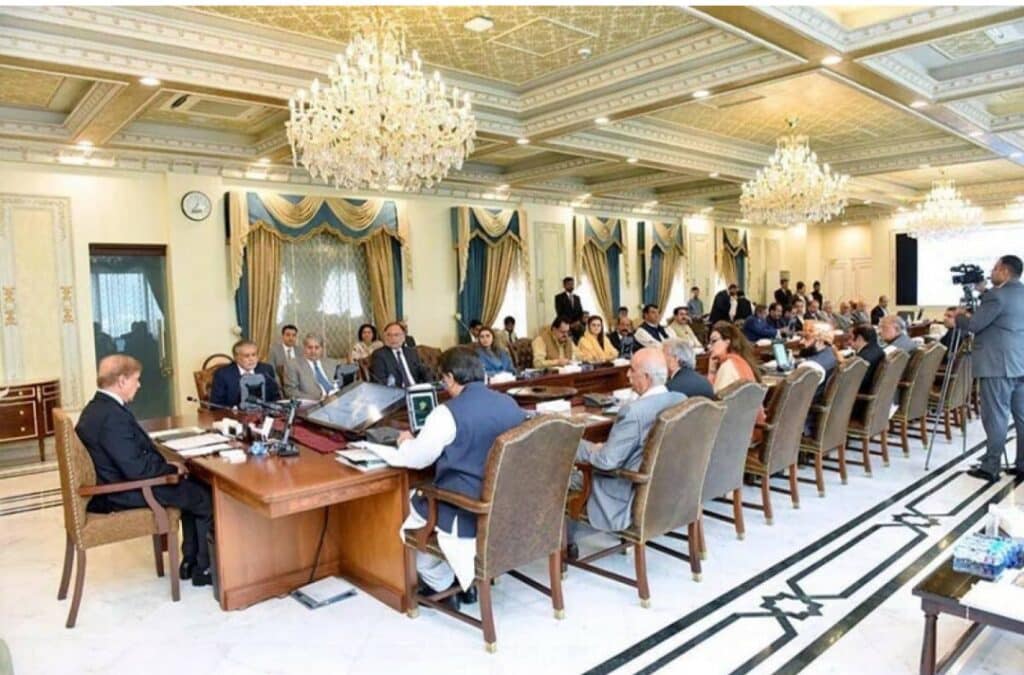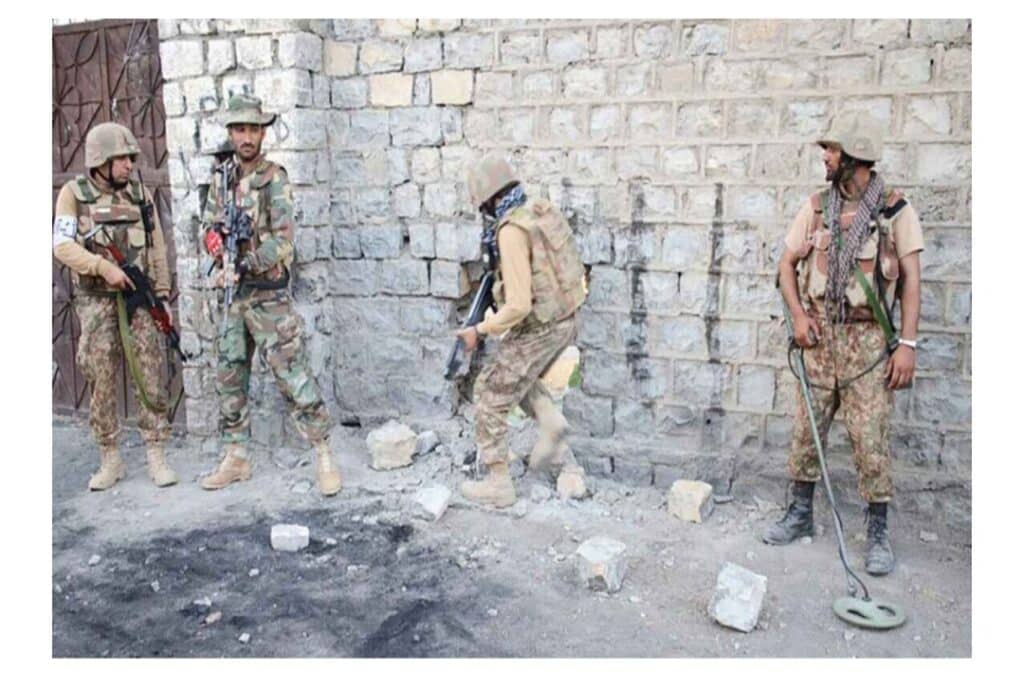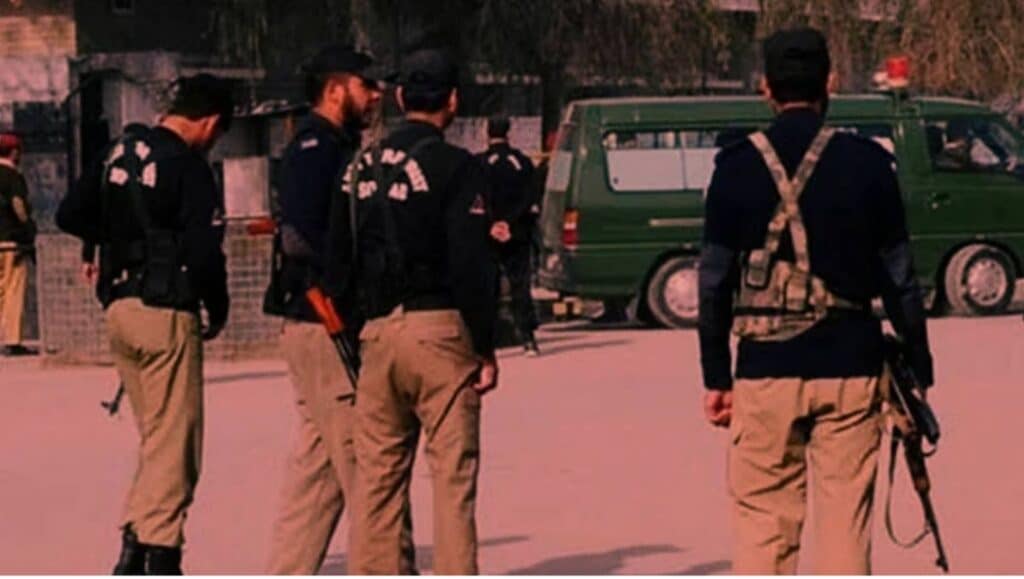The fall of Moqokori to Al-Shabaab on 7 July is more than a tactical defeat it is a brutal reminder of the deep structural weaknesses plaguing Somalia’s state-building and counterinsurgency efforts. Located in the Hiraan region of Hirshabelle state, Moqokori was once a symbol of fragile but genuine hope. The 2022–23 offensive that wrested it from militant control, led jointly by the Somali National Army and local clan militias, was touted as a turning point. Today, it is back under jihadist control, and the dream of a durable territorial rollback has dimmed.
The loss is strategically significant. Moqokori sits at the crossroads of several key routes in eastern Hiraan. For Al-Shabaab, it offers a launchpad for deeper incursions into government-held zones. But symbolically, the setback is even more damaging. The town is home to the Hawadle clan, whose militia known as the macawisley spearheaded the anti-Al-Shabaab campaign. Their defeat in their own heartland reveals the militants’ ability not just to regroup but to outlast and outmaneuver those most committed to defeating them.
The method of attack underscores Al-Shabaab’s evolving and brutal tactics: a surprise assault using a vehicle-borne suicide bomb followed by a ground offensive that shattered the town’s defenses and forced government troops and allied fighters to retreat. Al-Shabaab quickly broadcast its success, claiming the lives of over 40 soldiers. The body count is unconfirmed, but the message was clear: they are back, emboldened, and far from defeated.
Moqokori is not an outlier. It is the latest in a chain of reversals for Mogadishu since February 2025. In Hiraan and Middle Shabelle, the insurgents have retaken multiple villages and towns previously lost in the 2022–23 campaign. The state’s response has been fractured, marred by interclan disputes, power struggles, and the looming specter of the 2026 national elections. While local militias provided a temporary edge during the earlier offensive, they lack the cohesion and sustainability to hold territory without unified political will and federal coordination.
Behind these battlefield losses lie chronic institutional failures. The Somali National Army remains plagued by logistical shortfalls, inadequate training, and inconsistent command. Meanwhile, AUSSOM—the African Union peacekeeping mission—finds itself hamstrung by a painful transition phase and critical funding shortages. International donors, especially the United States and the European Union, are growing weary. Their patience is eroding in the face of Somalia’s inability to resolve internal political conflicts or build reliable security infrastructure.
That said, the federal government still holds the major urban centers, and Al-Shabaab’s gains are largely confined to rural areas. Turkish drones and some battlefield resistance continue to blunt the insurgency’s expansion. But this is hardly a sustainable balance. Al-Shabaab is not static. It adapts, survives, and thrives in Somalia’s political vacuum.
What Moqokori proves is that momentum is once again shifting toward the insurgents. Unless Somalia’s leadership can resolve its internal fractures, restore confidence among local communities, and secure long-term international support, this latest reversal will not be the last.
In the end, Al-Shabaab’s strength lies not only in its ideology or battlefield tactics, but in its adversaries’ inability to offer a better alternative. That is the real war Somalia is losing.

